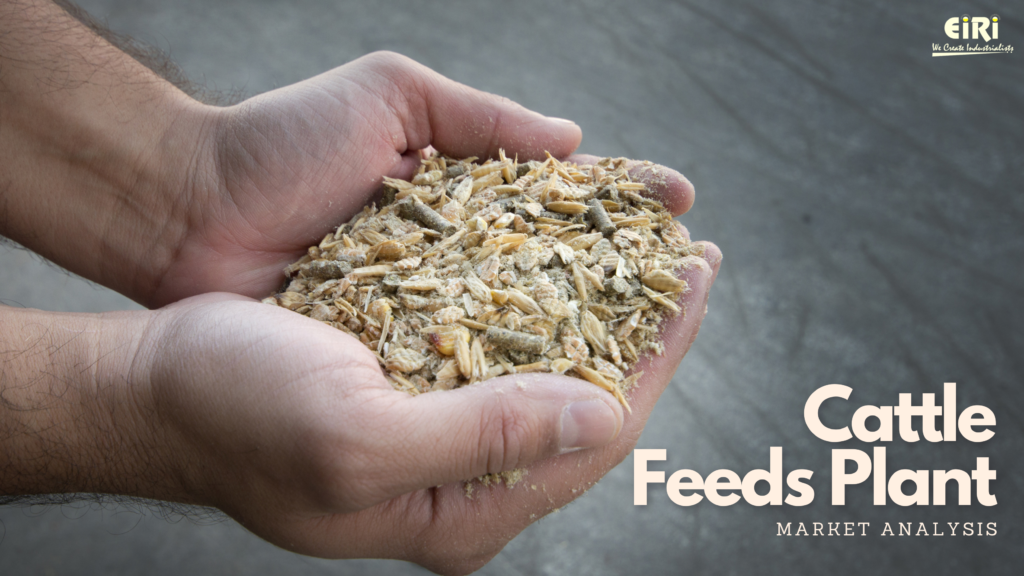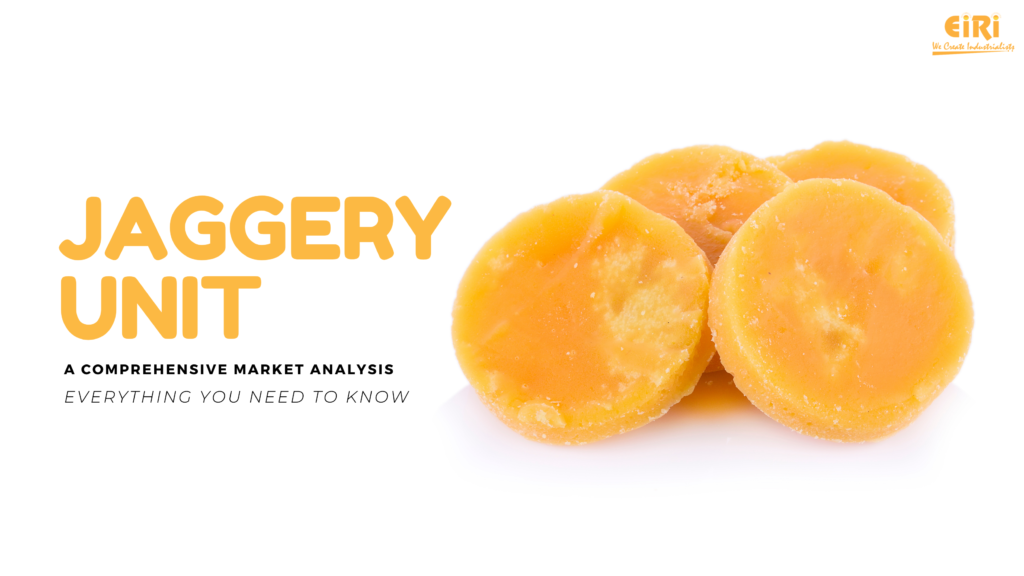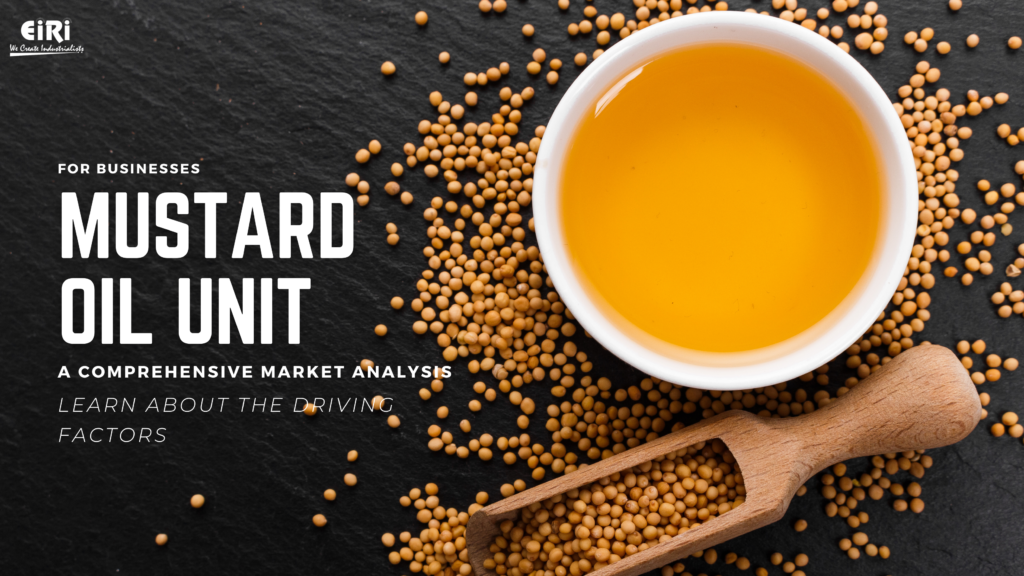Mango, Banana, Honey, Coconut & Vegetable Processing Plant
India is the second largest producer of vegetables in the world (surpassed only by China), accounting for about 10 per cent of the world’s production. In 2002, India produced 78.2 million tons from 5.73 million ha of land. Indian farmers grow an amazing number that is 175 different vegetables but potato, tomato, onion, cabbage and cauliflower account for 60 per cent of total production.
The financial year 2016-17 saw some of its highest mango yields in recent years with a production of 9,545 tonnes being reported by the state’s agriculture department. However, this season, the overall mango produce is expected to reap poor results with farmers in various parts of the state reporting nearly 20% lesser crop compared to last year. They have attributed the reasons for the same to climatic conditions that led to late fruiting of the crop.
“Figures, so far, indicate there has been only about 60-70% yield, but most of it was because of late-bearing mango varieties. Many of them are still being plucked. Once all of these are harvested, the final picture of the total produce will be clear. For now, farmers have reported 15-20% less crop in Sanguem as well as parts of Bardez indicating it was on the lower side as compared to last year,” said agriculture director Nelson Figueredo.
“The climate was not in favour of our crops’ production this time. Unseasonal rain that has been lashing the state since last month destroyed much of the produce,” said a farmer.
Weather parameters aside, there was a problem of fruit-flies in the middle of the season that affected ripe fruits, said principal scientist (horticulture), A R Desai from Old-Goa-based ICAR-CCARI. While the period for early-bearing varieties like the Mancurad, Xavier and Goan Alphonso are already over, farmers are now harvesting late varieties like the Mangilar and Fernandin.
Those from neighbouring states like the Ratnagiri Alphonso, Mallika from Hyderabad, Kesar from Pune and Totapuri from Bengaluru markets are also slowly receding from the local market as the seasonal fruit winds up for the year.
“The initial part of the season was very bleak but later varieties that came in, sort of, made up for it. Overall, this time, the season may have been a bit reasonable but there was not much profit from the mango fruit business,” said fruit vendor Nisar Nandihaldi.
It is projected that the domestic vegetable requirements will rise from current levels of 83-91 million tons to 151-193 million tons by 2030. Indian farmers today cannot meet the high domestic demand for vegetables, as India imports approximately $678 million of vegetables annually.
To increase domestic vegetable production, improvements are first needed in the vegetable seed industry. There are now more than 50 seed companies developing new vegetable varieties, with increased emphasis on high-yielding hybrids. The Indian Council of Agricultural Research has three major institutes for conducting research on vegetables: Indian Institute of Horticultural Research (IIHR) in Bangalore, Indian Institute for Vegetable Research (IIVR) at Varanasi, and Indian Agriculture Research Institute (IARI) in New Delhi. Almost all agricultural universities and the State Department of Agriculture are involved in vegetable research and development. Among the 25,000 plant scientists in India, at least 1,000 are conducting research on vegetables. To increase year-round vegetable consumption, the seasonality of production must be reduced. Processing can make vegetables more accessible year-round, but less than 7 per cent of India’s vegetable production is processed. Another factor that limits consumption is post-harvest damage.
Currently 20-25 per cent of vegetables produced are lost due to poor post-harvest handling, and in the case of tomato and cabbage, Post- harvest losses are as high as 60 per cent. To remedy these losses, special cold storage vegetable markets and supermarkets are emerging in metropolitan areas. Specialized vegetable marketing centers are organized in strategic locations and vegetables farmers receive assistance to transport and systematically market their produce.
Banana is a globally important fruit crop with 97.5 million tones of production. In India it supports livelihood of million of people. With total annual production of 16.91 million tones from 490.70 thousand ha., with national average of 33.5 T/ha. Maharashtra ranks first in production with 60 T/ha. Banana contributes 37% to total fruit production in India.
Banana is one of the major and economically important fruit crop of Maharashtra. Bananas occupy 20% area among the total area under crop in India. Maharashtra ranks second in area and first in productivity in India. Jalgaon is a major Banana growing district in Maharashtra which occupy 50,000 hectares area under Banana. But most of Banana is grown by planting suckers. The technology development in agriculture is very fast, it results in developing Tissue Culture Technique.
Banana is highly nutritious and easily digestible than many other fruits. Digestion time of banana fruit is less (105 min) than apple (210 min). Bananas are popular for aroma, texture and easy to peel and eat, besides rich in potassium and calcium and low in sodium content.









